Optimal Timing for Water Treatments
Water treatments are essential for maintaining water quality and ensuring safe, clean water supply. The timing of treatments can significantly influence their effectiveness, depending on factors such as seasonal changes, water usage patterns, and water source conditions. Proper scheduling helps optimize treatment efficiency and prolongs equipment lifespan.
Water treatments are often most effective when scheduled before seasonal temperature fluctuations, such as spring or fall, to prevent algae growth and mineral buildup.
High water demand periods may require more frequent treatments to maintain water quality standards.
Monitoring source water quality helps determine the best times for treatments to address specific contaminants.
Regularly scheduled treatments can prevent scaling, corrosion, and microbial growth.

Advanced systems used for filtration, disinfection, and mineral removal.

Regular testing to monitor contaminants and treatment effectiveness.
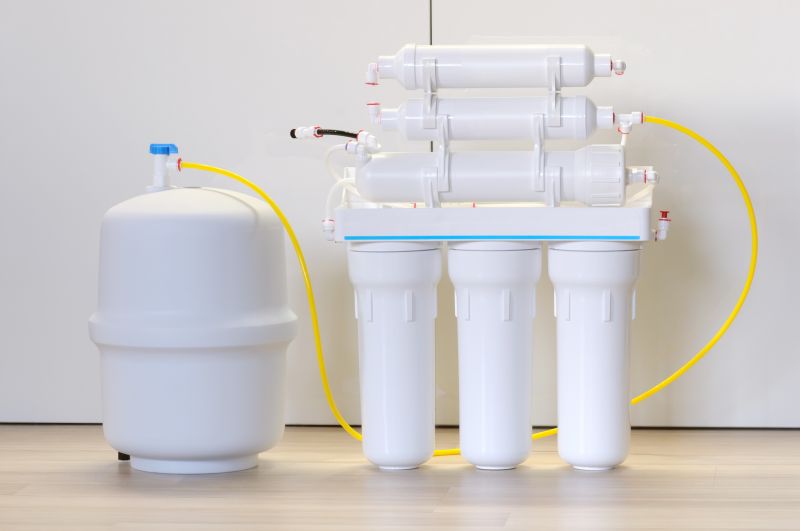
Precise application of chemicals for optimal water purification.
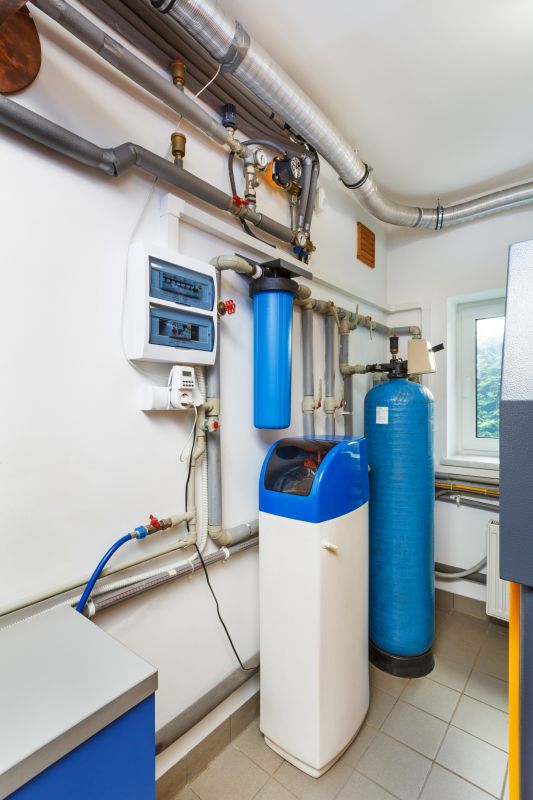
Ways to make Water Treatments work in tight or awkward layouts.

Popular materials for Water Treatments and why they hold up over time.
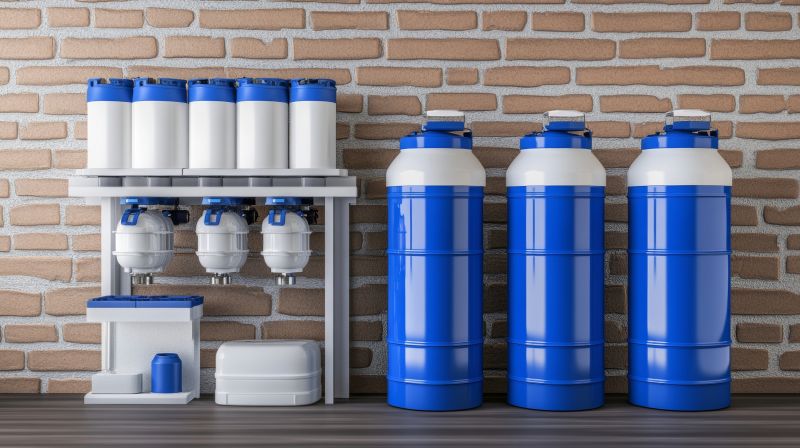
Simple add-ons that improve Water Treatments without blowing the budget.
| Factor | Optimal Timing |
|---|---|
| Temperature Changes | Spring and fall |
| Algae Growth | Early spring and late summer |
| Water Demand | Peak usage periods |
| Source Water Quality | Before seasonal shifts |
| Preventive Maintenance | Quarterly or biannual |
Water treatments involve processes such as filtration, disinfection, and mineral adjustment to ensure water safety and quality. These procedures are crucial in removing harmful contaminants, controlling microbial growth, and preventing scale formation. Proper timing enhances treatment efficiency, reduces operational costs, and maintains compliance with health standards.
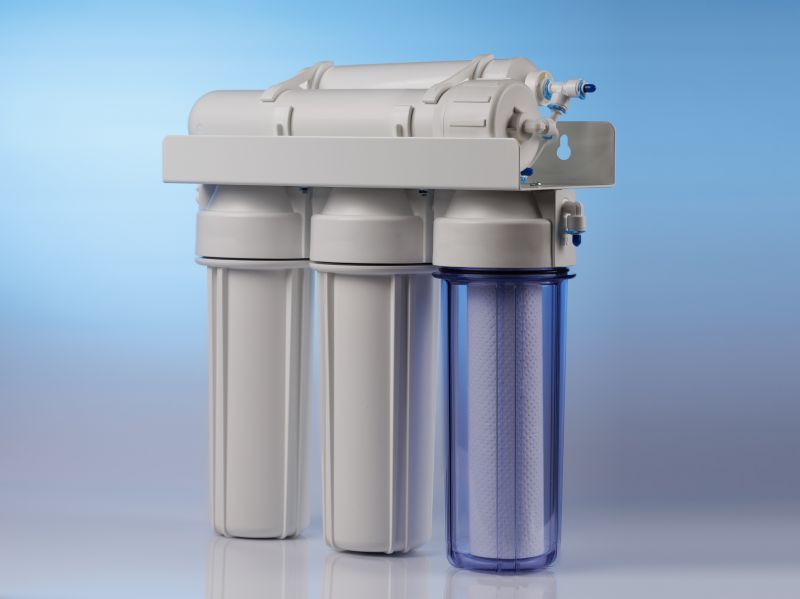
Devices that remove particles and sediments from water.
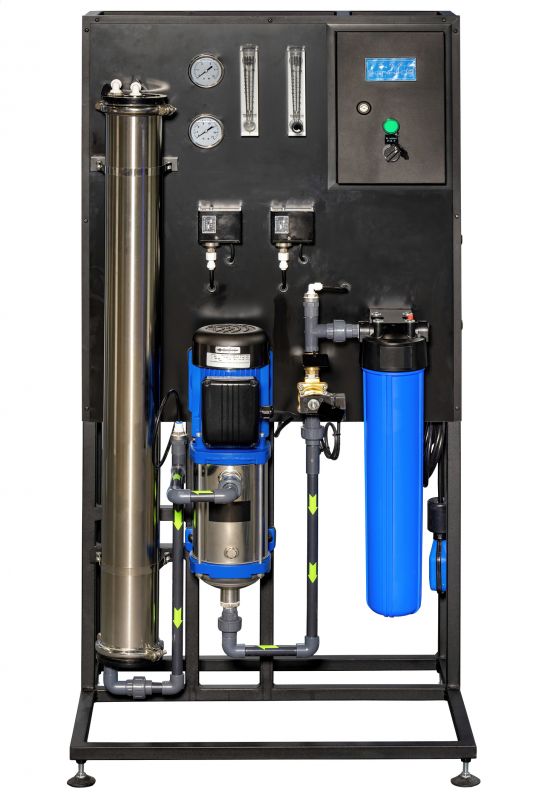
Systems used for chlorination, UV, or ozone treatment.
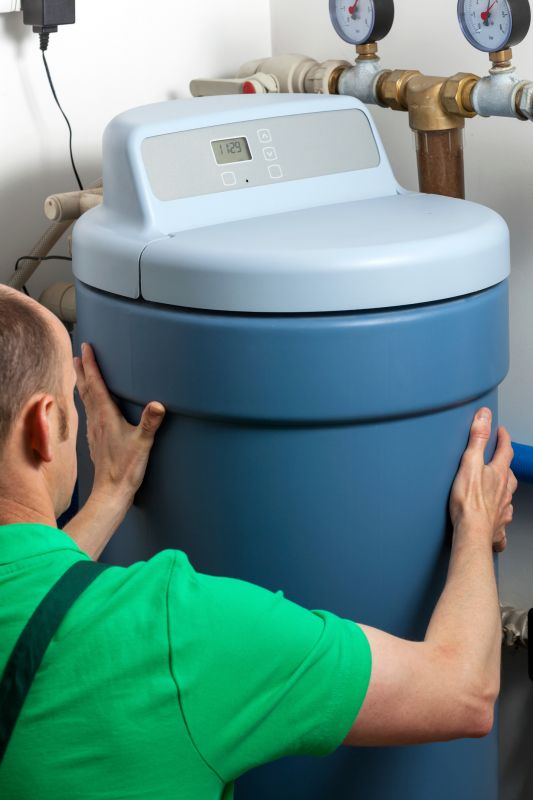
Technologies for adjusting mineral levels in water.
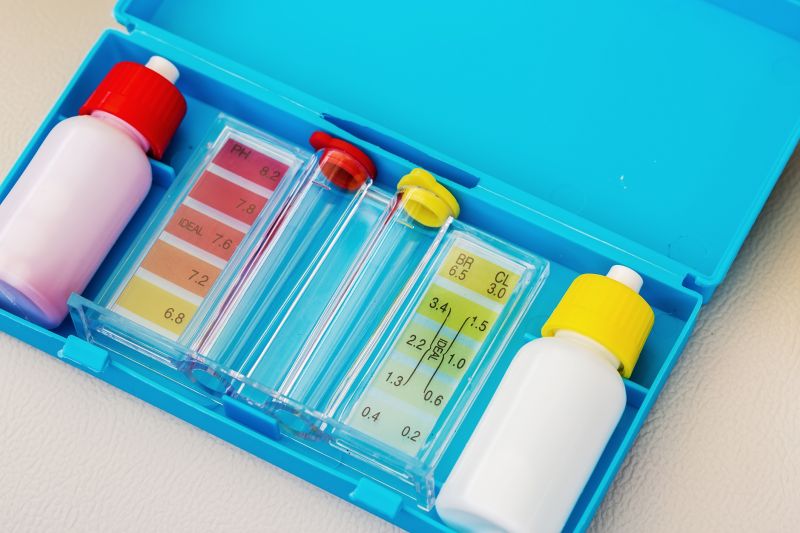
Tools for analyzing water quality parameters.
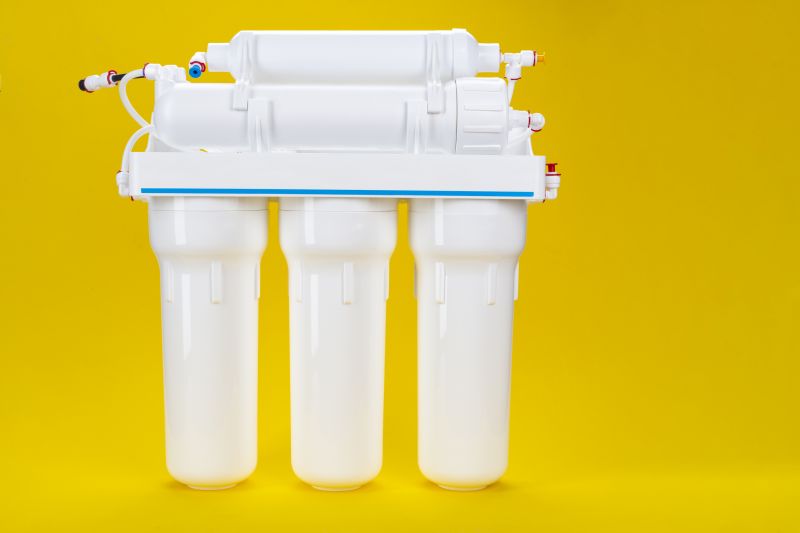
High-end options that actually feel worth it for Water Treatments.
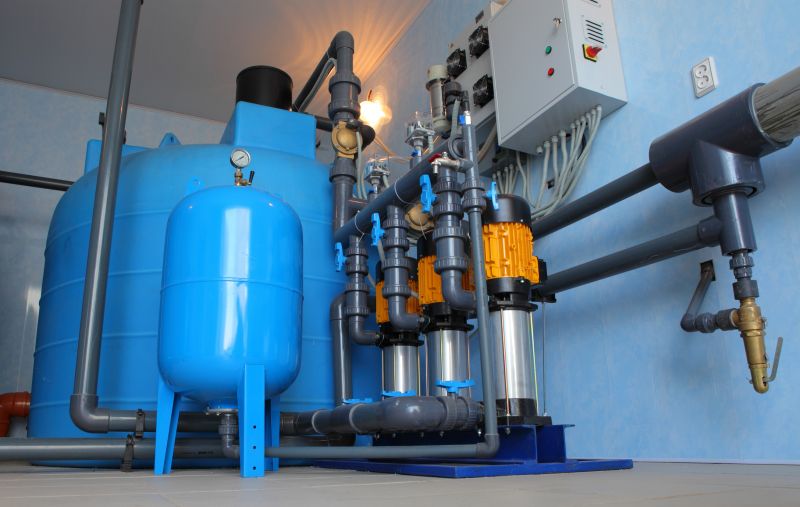
Finishes and colors that play nicely with Water Treatments.
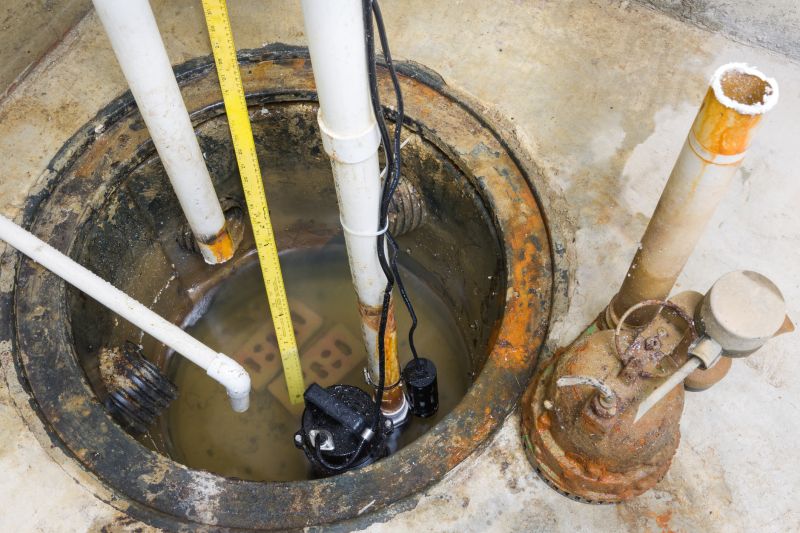
Little measurements that prevent headaches on Water Treatments day.

A 60-second routine that keeps Water Treatments looking new.
Scheduling water treatments at appropriate times ensures consistent water quality and minimizes the risk of contamination. Regular assessments and adherence to recommended treatment cycles are vital for maintaining optimal water conditions across various applications, including residential, commercial, and industrial settings.

Facility for large-scale water purification processes.
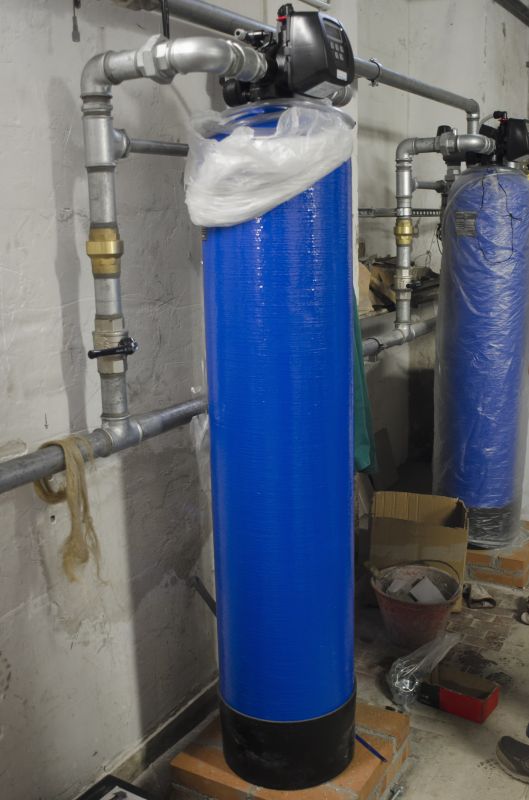
Secure storage for treatment chemicals.
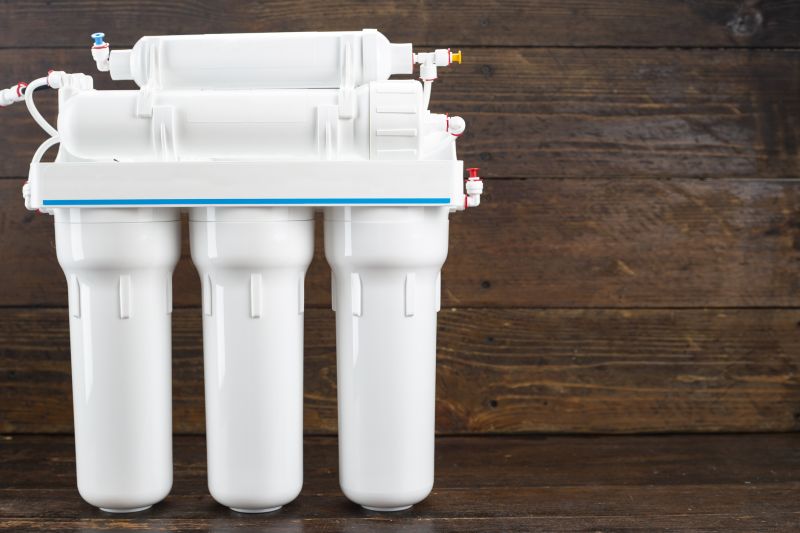
Real-time water quality monitoring devices.
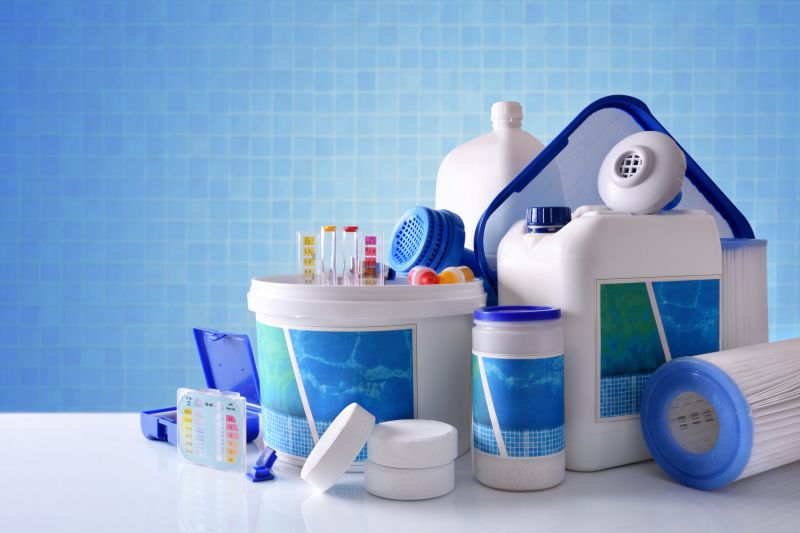
A frequent mistake in Water Treatments and how to dodge it.
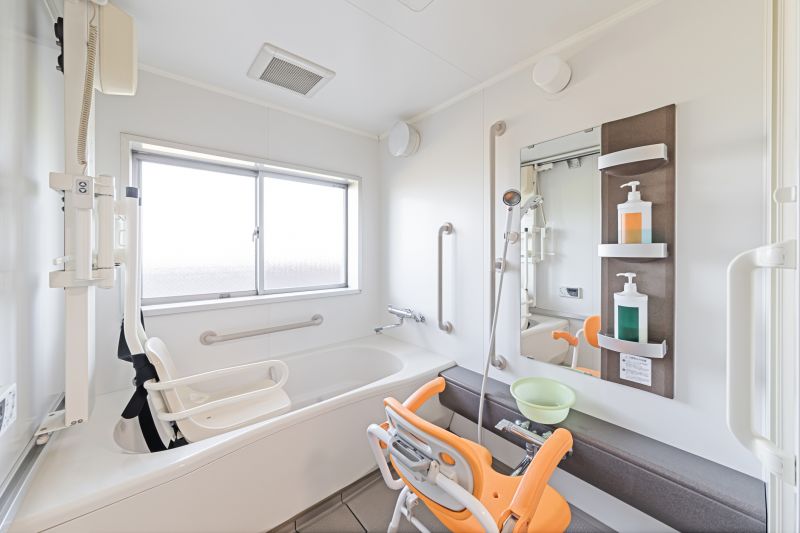
Small tweaks to make Water Treatments safer and easier to use.

Lower-waste or water-saving choices for Water Treatments.
For those interested in implementing water treatments, filling out the contact form provides an opportunity to discuss specific needs and schedule assessments. Proper treatment timing and equipment selection are key to ensuring water safety and quality for any application.
